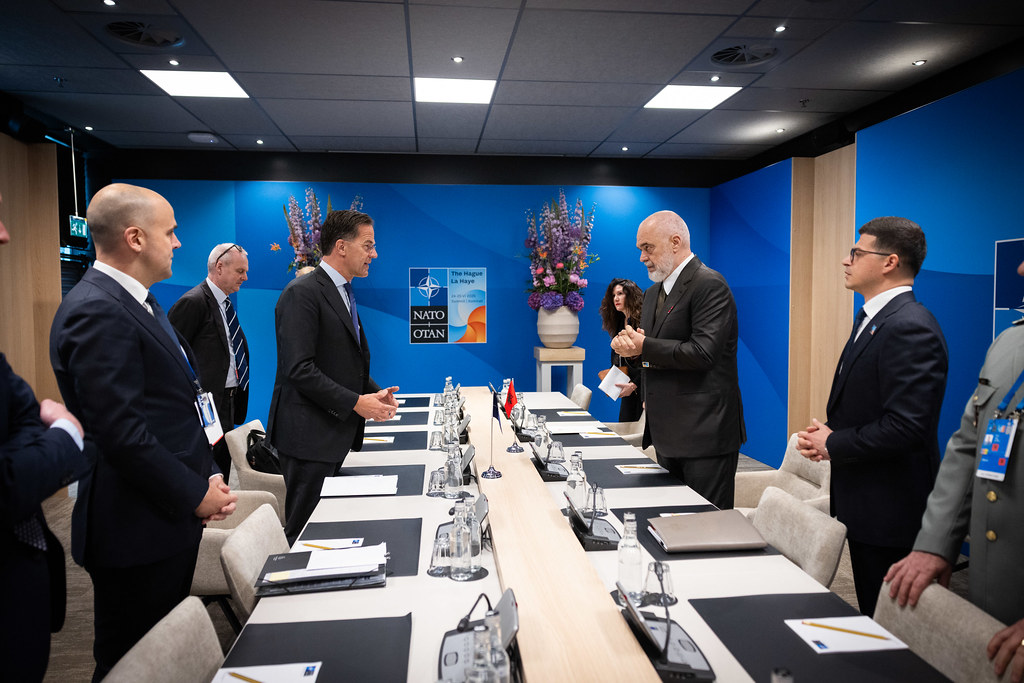
Ukraine and its allies scrambled on Sunday to react to President Donald Trump’s apparent pivot toward Russian President Vladimir Putin’s hardline stance following their summit in Alaska.
European leaders quickly announced plans to join Ukrainian President Volodymyr Zelenskyy in Washington on Monday, seeking clarity on America’s new approach to ending the war.
Trump, who had previously demanded a ceasefire before peace talks, signaled on Saturday that he now intended to pursue a permanent peace deal. This move appeared to align U.S. policy more closely with the Kremlin than with Kyiv and its European partners.
European Leaders Head to Washington
NATO Secretary General Mark Rutte, European Commission President Ursula von der Leyen, Finnish President Alexander Stubb, and German Chancellor Friedrich Merz said they would join Zelenskyy in Washington. The stated aim: ensuring there is no repeat of the tensions from Zelenskyy’s last Oval Office meeting.
“The trip will serve as an exchange of information,” Merz’s office said. “The talks will address, among other things, security guarantees, territorial issues, and continued support for Ukraine in its defense against Russian aggression.”
Trump spoke by phone with Zelenskyy and European leaders early Saturday about the possibility of U.S. participation in NATO-style security guarantees for Ukraine. Two senior administration officials and three sources familiar with the discussions confirmed the talks.
“European and American security guarantees were discussed,” one source said, clarifying that U.S. troops on the ground were not part of the conversation.
The protections would apply if Russia were to attack Ukraine again after a potential peace deal. However, they would not include NATO membership, despite European leaders publicly stating on Saturday that Ukraine should have the right to pursue NATO entry.
Unease in Kyiv
Despite the discussions, unease grew in Kyiv. Zelenskyy warned that Putin was complicating the path to peace by refusing to stop the fighting before further negotiations.
“Russia rebuffs numerous calls for a ceasefire and has not yet determined when it will stop the killing. This complicates the situation,” Zelenskyy posted on X.
For civilians, the optics of the Alaska summit fueled frustration. “I was hoping that the U.S. wouldn’t roll out the red carpet to the enemy,” said Kyiv resident Natalya Lypei. “How can you welcome a tyrant like this?”
What The Author Thinks
The optics of Trump’s alignment with Putin matter almost as much as the policy shift itself. Rolling out diplomacy while Russian attacks continue risks sending the message that violence earns rewards at the negotiating table. For Ukraine, whose survival depends on both symbolic and material backing, the perception of a U.S. tilt toward Moscow could prove just as damaging as any military setback.
Featured image credit: NATO North Atlantic Treaty Organization via Flickr
For more stories like it, click the +Follow button at the top of this page to follow us.
